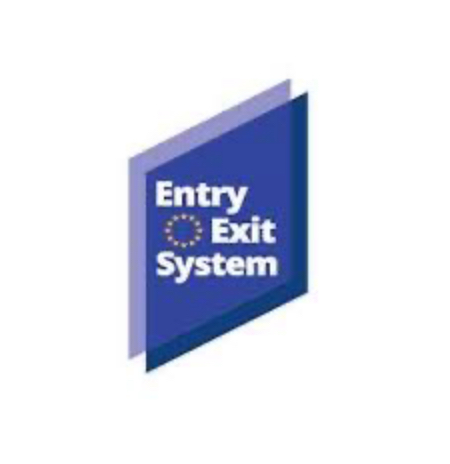Know all about EES (Exit/Entry System)

The EES (Exit/Entry System) is key and is the first step for the implementation of ETIAS in the Schengen area. EES will be launched in November this year as announced by the European authorities. But how exactly will EES work? Here is a summary of the key points of EES and how it will work:
- First arrival at the border since the implementation of EES: we will hand our passport to passport control officers who will take our fingerprints and/or take a facial photo, and all this information will be stored in a digital file. The passport will not be stamped. Part of the process can be faster by using the self-service kiosks, if the arrival hall in that country has them, and they will be available before showing the passport at passport control.
- Successive arrivals at the border when you are already registered at EES: when you arrive at passport control on successive trips, your fingerprints or photo has already been collected on your first arrival after EES, therefore it is not essential to go through the passport control officer, simply by using the self-service kiosks you will be able to go through more quickly. If you go to the passport control officer, he/she will check your digital file and only in some cases will your data need to be collected again, if for any reason it was not saved correctly the first time.
Travel to Europe is going to change drastically and we must be prepared to go through all this new way to reach our destination country within the Schengen area. Whether it is for business or pleasure to visit family or tourism, as long as our visit is less than 90 days, we can take advantage of the conditions of ETIAS – SEIAV.
At the beginning, the changes always seem complicated in many occasions, just because of the simple fact of ignorance. But when we get used to it and we are registered in EES, the whole process will be much simpler than before.
It is just a matter of time.
